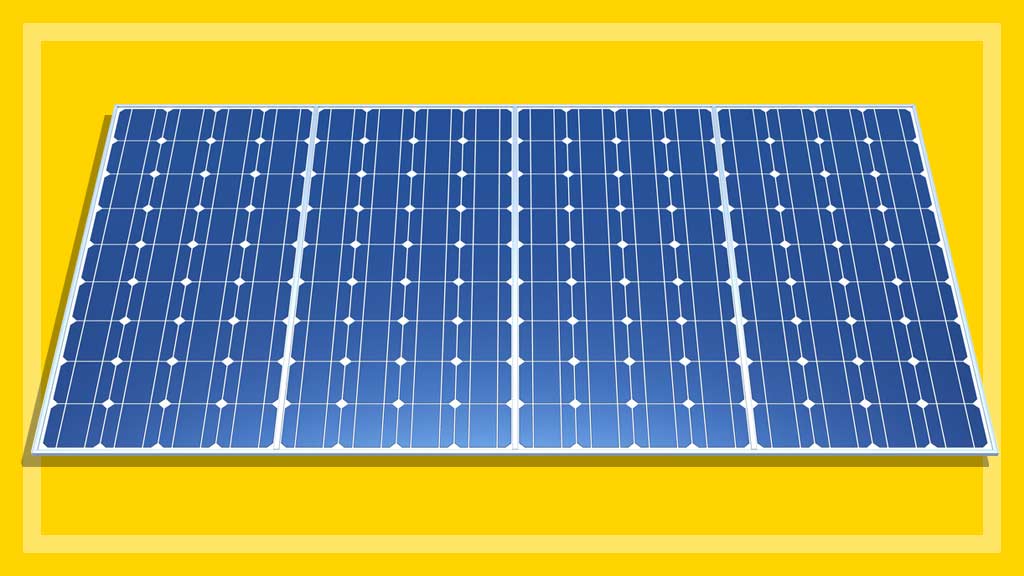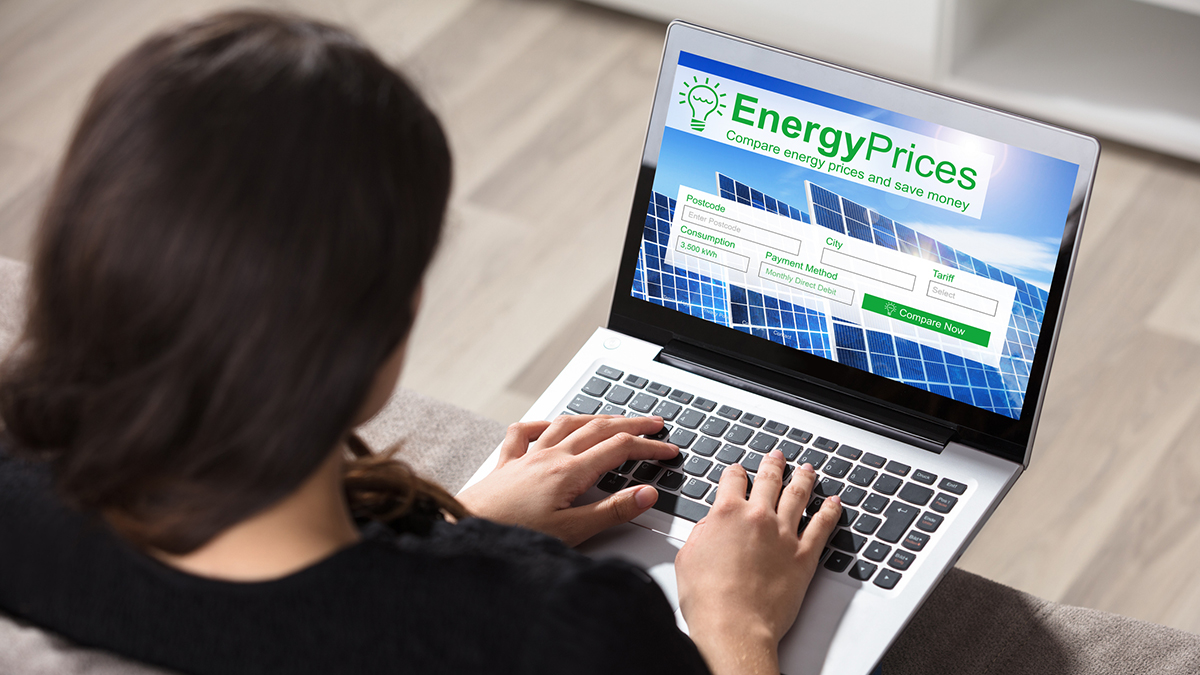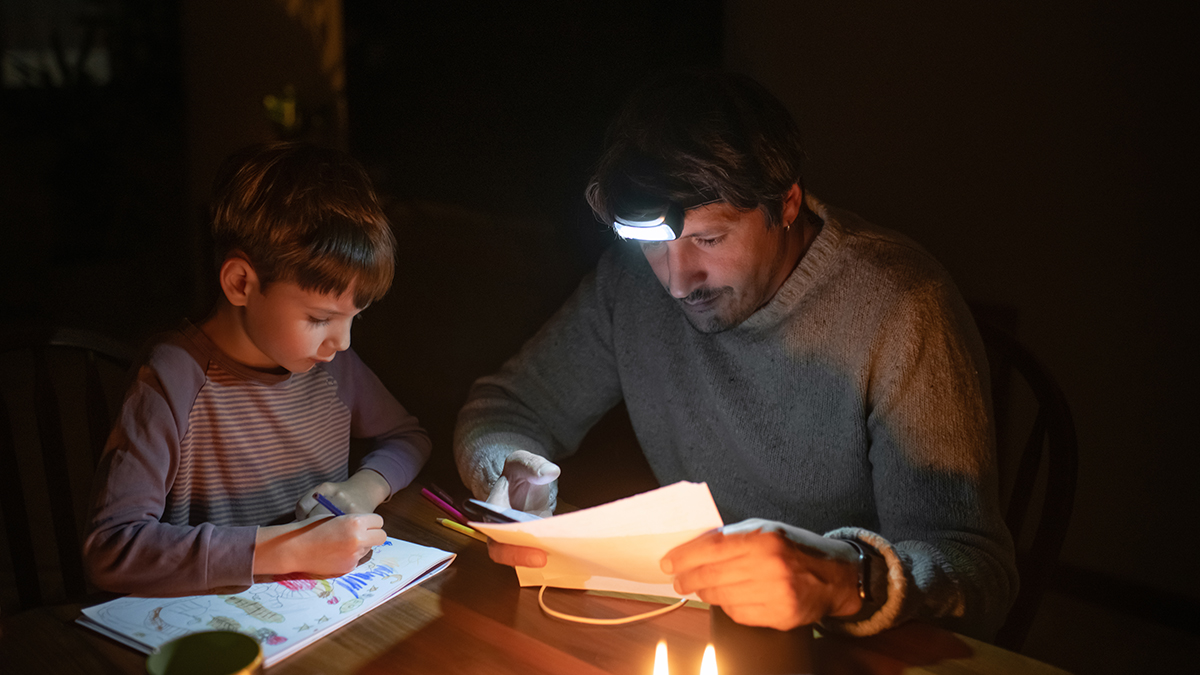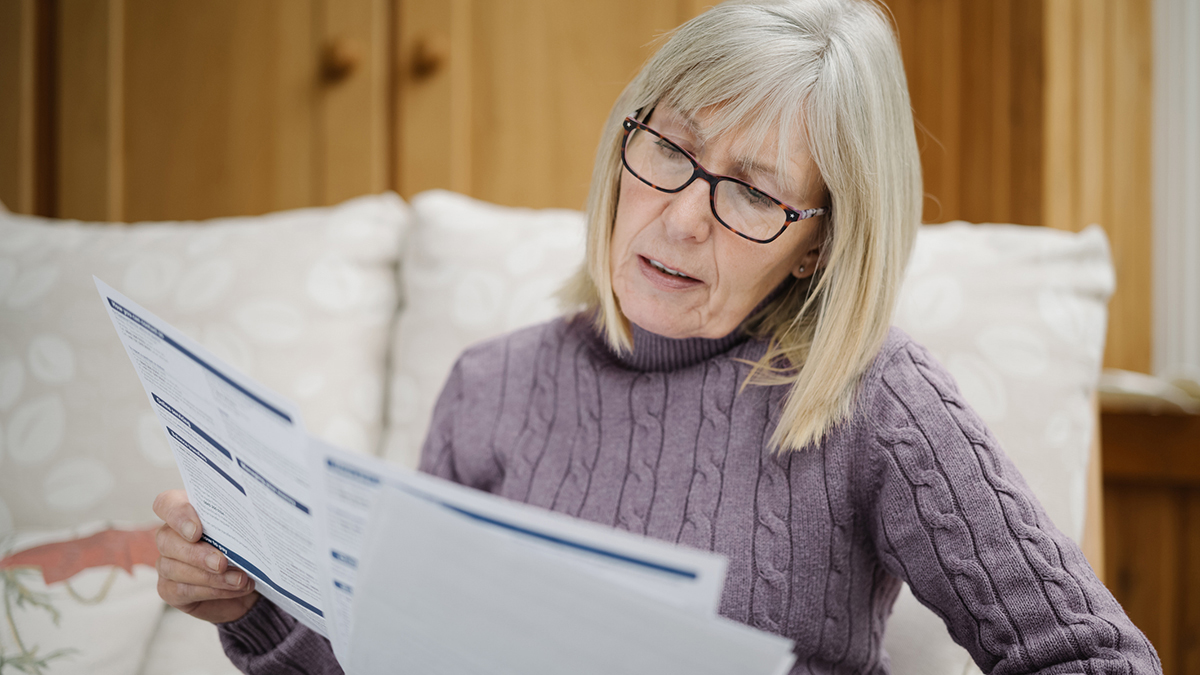Get our independent lab tests, expert reviews and honest advice.
How to switch to the best electricity provider

Currently, many smaller retailers are not accepting new customer applications due to the recent spike in energy prices.
On this page:
- Can I change my electricity retailer?
- How to find a better electricity plan
- How to switch energy providers
- Know your rights
Are you paying too much for your energy? If you haven’t reviewed your energy plan recently, the answer could be yes.
Most Australians count electricity bills among their main concerns when it comes to expenses, which is not surprising considering that electricity costs have rocketed at times over the past decade.
This continued focus on bills comes as the Energy Regulator has announced it will soon be requiring power companies to notify customers of whether or not they’d be better off under a different energy plan.
Most Australians count electricity bills among their main concerns when it comes to expenses
The new ‘better offer’ statement will start appearing on power bills in several states and territories in 2023. But in the meantime, you can still try to seek out a better deal yourself by talking to your provider or switching to a new one.
This has become easier thanks to government comparison websites – the Victorian government is even offering $250 to households that seek out a better deal using its Victorian Energy Compare service.
Why switch electricity retailers?
There are several potential reasons. For one, the value of energy deals often erodes over time as benefit periods end and your prices go up.
Then there’s the matter of retailer ‘bait and switch’ tactics, where large discounts lure you in and then retailers raise underlying prices without warning (Sumo and Globird, in particular, have been caught out doing this in the past).
And although energy costs have drifted downward in recent years, prices continue to be volatile and have the potential to keep hitting your hip pocket.
All this means that your energy bill is something you really ought to pay attention to.
Can I change my electricity retailer?
If you live in:
ACT – Yes, but there’s little variation in pricing as this is a regulated market.
NSW – Yes.
NT – Yes, there are two retailers targeting households, Jacana Energy and Rimfire Energy, but there’s little variation in pricing, as this is a regulated market.
Qld – Yes, but retail competition is still regulated and limited in the regions.
SA – Yes.
Tas – Yes, the main retailers are Aurora Energy and 1st Energy, but there’s little variation in pricing, as this is a regulated market.
Vic – Yes.
WA – Yes, in some places, but there’s little variation in pricing, as this is a regulated market.
How to find a better electricity plan
1. Find out what plan you’re on now
Have a look at a past bill and check the daily supply charges and general usage rates (also known as ‘tariffs’). Don’t be surprised if you find it all confusing – electricity bills are notoriously hard to understand and compare!
You’ll either be on:
- a single flat general usage rate – where you pay the same rate whenever you turn on the power
- a time-of-usage rate – where the price of electricity changes at different times of day, with peak, off-peak and shoulder periods
- a multi-flat or block-usage rate – where you pay one rate for the first part of your usage and then a different rate for subsequent parts.
Some residential plans are now also incorporating a ‘demand tariff’ – an extra charge on top of your usage rate which bills you for the amount of strain you put on the grid at certain times.
If you’re on a general-usage or time-of-usage rate, you may also have a ‘controlled load’ rate linked to a specific appliance (such as a hot water system) that only works at off-peak times.
You’ll be charged in one of these ways, depending on what type of meter you have:
- If you have a smart, interval or advanced meter, you can be on a flat tariff, block tariff, or a time-of-use tariff.
- If you have an accumulation meter, you’ll be on a flat or block tariff.
Retailers also apply a daily supply charge to be hooked up to the grid, irrespective of your level of energy use, and there may also be a discount applied to the bill. Solar owners should also have a feed-in tariff for the energy they export to the grid.
2. Ring your retailer and ask what they’ll offer you to stay
Speak to your energy retailer and ask them what plan you’re on. Then tell them you’re looking for a better deal and ask these questions:
- What kind of incentives or deal can you offer me to stay with your company?
- Is the incentive or discount conditional, like paying on time?
- Is the incentive for the life of the contract or does it end after a period of time? If so, what happens then?
- Does the discount incentive cover the whole bill or just the electricity usage portion?
- Which plan has the lowest tariff and usage rates?
Your retailer may offer you a plan with a discount, but don’t assume it’s a better deal for you. Discounts can hide high usage rates or, if they have conditions attached, they can end up costing you a lot more if you don’t meet the conditions.
So before committing to any new offer from your current retailer, it’s worth taking a few more steps to find a better deal.
3. Compare your current offer with other plans
Electricity retailers have to publish a ‘fact sheet’ for every retail plan they offer. If you’re looking for plans in NSW, Queensland, South Australia, Tasmania or the ACT, you can compare these and see the rates, conditions and additional fees pertaining to each offer at energymadeeasy.gov.au.
If you’re in Victoria, check out the government comparison site Victorian Energy Compare.
Those switching retailers in WA and the NT can find out how their prices are set on the energy section of the website of their state or territory government.
There’s a lot of variation between plans offered, based on the location of the property and the electricity distributor that services the area.
When comparing deals, consider the following factors:
- the rate per kWh
- fixed supply charges
- discounts: do these apply to the whole bill (fixed supply charges and usage charges) or usage only? This can make a big difference to the savings.
- late fees if you don’t pay your bill on time: pay-on-time discounts are common on many plans. Consider establishing a direct debit payment, otherwise you’ll be paying substantially more
- billing: how often do you receive your bill and how can you pay?
- other fees: for example, fees for receiving paper bills or for paying with a credit card
- length of contract: are there any exit fees or fees for moving home? Many retail electricity plans offer a 12-month contract period, but very few will fix electricity rates for this period. Generally, the contract will lock in a percentage discount over your contract period. Some retailers won’t honour discounts on their last bill if you switch away from them before the end of the contract period
- any other terms and conditions
- your gas plan: if you have mains gas, find out whether it’s cheaper to move both your electricity and gas to the same retailer. Many retailers offer you an extra discount for doing this, but it pays to check if their underlying rates are genuinely competitive.
CHOICE tip: Estimated savings are generally based on you paying your bill on time and by a certain method, such as direct debit. Savings are also typically for the first year only and may include, for example, a $50 credit on your first bill. So if the plan is for more than a year, don’t count on those savings continuing.
How to switch energy providers
If you find a better deal, contact your current provider and see if they’ll match it or do better. If they can’t, then it’s a good time to re-check any fees you’d have to pay for leaving.
If you do decide you want to switch, contact the new retailer directly.
The switching process can take one to three months to complete, depending on your retailer, distributor and where you are in the billing cycle. It’s generally quicker if you have a smart meter installed.
Your electricity or gas supply won’t be interrupted when you change contracts or move to a different retailer.
Know your rights
If you’re switching electricity plans, you have a cooling-off period of 10 business days, which begins on the date you sign up to the energy contract. You can change your mind and cancel the contract within this period.
If you’re being door-knocked or called by telemarketers, here’s some advice:
- Never feel pressured to make a decision on the spot.
- Be clear on the phone when discussing energy deals with marketers or retailers so they don’t switch you over without your explicit consent.
- For door-knockers, ask to see their identification. By law, they have to show you. If you ask them to leave, they must leave immediately.
- There have been reports of salespeople saying that “your supplier won’t change” when you switch plans. This isn’t true. The distributor that supplies your electricity (i.e. the poles and wires) won’t change, but your retailer (the one that bills you) will change.
- If you don’t like people knocking on your door, get a ‘Do not knock’ sticker to put out the front of your house.
- If you don’t want to be contacted by telemarketers, register with the government’s Do Not Call Register.
Can retailers raise the price mid-contract?
Consumer rights groups have long been trying to put a stop to what’s called ‘unilateral price variation’ – that is, the practice of energy retailers changing (i.e. raising) the price of energy in fixed-term contracts in the middle of the contract.
Retailers claim it’s necessary because their costs can go up during the duration of the contract. So far, regulators have sided with the retailers on the premise that ending unilateral variation would lead to higher prices and less choice for consumers.
Retailers now have to make it more clear in the contract wording that prices can change
But unilateral variation looks like an unfair contract term to us, so the battle continues. With no end in sight, it’s something for you to consider, as it means in effect that the price of gas or electricity when you sign a contract can – and probably will – go up.
There has been one small consumer win, thanks to the efforts of consumer groups: retailers now have to make it more clear in the contract wording that prices can change, and they must communicate any price changes more proactively rather than leaving customers to read the details on their next bill.
What to do if you’re struggling to pay a growing bill
If you’re finding it hard to cover costs following an increase to your energy bill, get in contact with your provider and explain your situation.
Many utility companies have hardship policies and may be able to help you by setting up a payment plan or granting you an extension.
You may also be eligible for one or more of the programs offered by state, territory and federal agencies which give payments to people on low or fixed incomes who are struggling to pay their bills.
Find out what payments are provided to people in your area by checking the federal government’s MoneySmart website.






